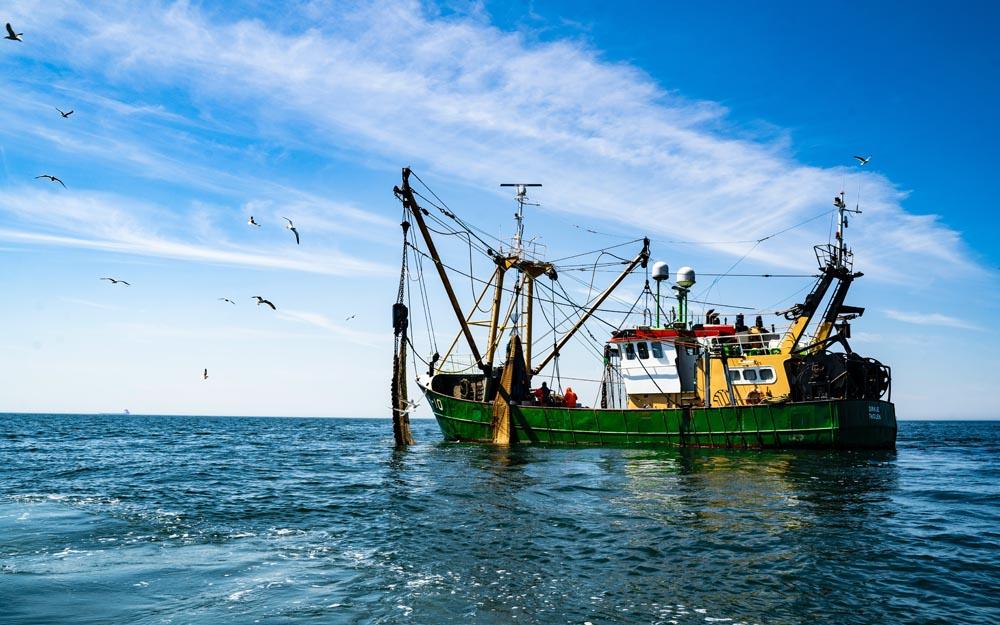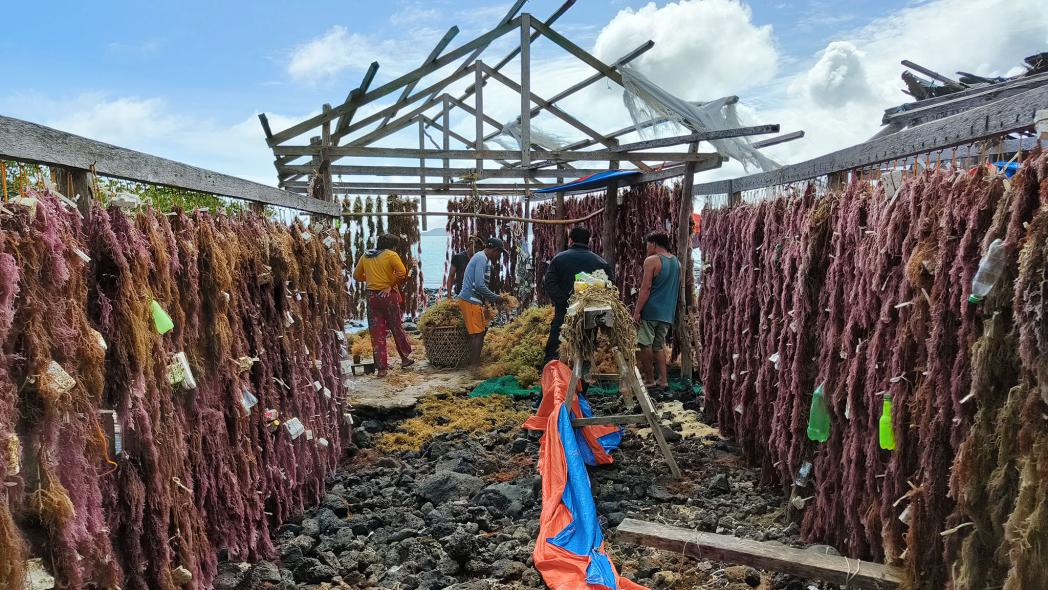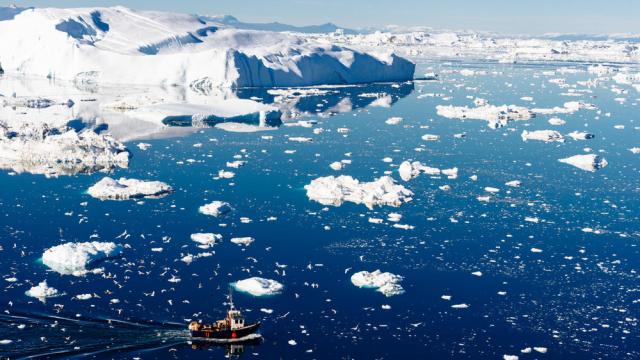Responsibly produced food needs to benefit people, nature and climate. Well-managed fisheries and seafood farms can address these challenges. They can help to protect the balance of our oceans and can produce lower greenhouse gas emissions compared to other animal proteins such as beef.
But not all seafood has an equally low carbon footprint!

The fuel used by fishing boats plays a large role in the carbon footprint of wild capture fisheries. Boats that drag gear along the seabed (trawlers) not only disturb carbon stored in this habitat, but also produce nearly three times more emissions than those using nets to encircle schools of fish in the water column (purse seiners). If such boats need to travel further, e.g. to international waters, this also increases the carbon footprint of a fishery.

For seafood farming (aquaculture), the carbon emissions are mainly determined by the amount and type of feed needed. For example, some feeds use soy, which can have a higher carbon footprint if land has been converted to grow this ingredient. On the other hand, farms that produce shellfish such as mussels and oysters have smaller carbon footprints as they don’t require any feed at all – these species filter their feed from the natural environment. Seaweed can even offer a plant-based seafood option that can actively fight climate change by absorbing carbon as it grows!
By making smart seafood choices, you can help protect the oceans and the 800 million people who depend on them for food and income – all while fighting climate change! [1]
To find out more about sustainable seafood, visit our fact sheets.
Sources
[1] Learn more about Seafood: Fact sheets: Available at: https://www.wwf.org.uk/learn/more-about-seafood
